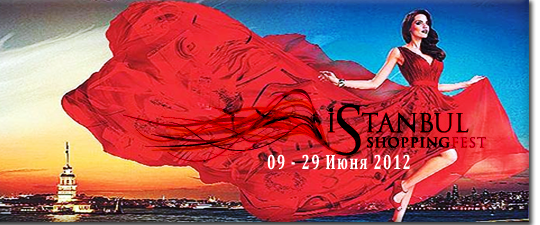Mir Tour
Basilica Cistern
Ancient Waters
The Basilica Cistern, is the largest of several hundred ancient cisterns that lie beneath the city of Istanbul ,Turkey.
One of the magnificent historical monuments of İstanbul, The Basilica Cistern is the largest of several hundred ancient cisterns that lie beneath the city. The cistern is located near South West of the Hagia Sophia. It was founded in the 6th century during the reign of Byzantine Emperor Justinian I. The cistern began to be called by the public ‘the Sinking Palace’.
Formerly, this subterranean structure’s name derives from a large public square on the First Hill of Constantinople, the Stoa Basilica. The Basilica Cistern provided water for the Great Palace of Constantinople and other buildings on the First Hill, Topkapi Palace after the Ottoman conquest in 1453 and into modern times. This cistern that was laid on an area of total 9.800 m2 has the capacity to store 100.000 tons of water.

Having been restored in 1985 by the Istanbul Metropolitan Museum, the cistern is also famous for many of its columns and The Visage of Medusa carved over two columns.
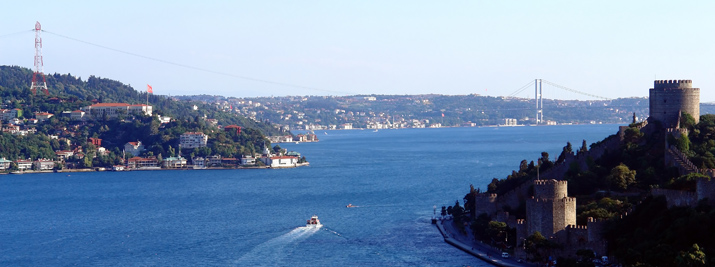
Istanbul is the only city in the world which spans two continents. The western side of the city is in Europe and the eastern side of the city is in Asia. The historic center of Istanbul is on the European side of the divide.

The Golden Horn is not the stretch of water which divides Europe from Asia, a common misconception. The Golden Horn is entirely in Europe. It leads into the Bosphorus, which is the water that divides the two continents and which joins the Black Sea with the Sea of Marmara, which in turn leads into the Mediterranean.
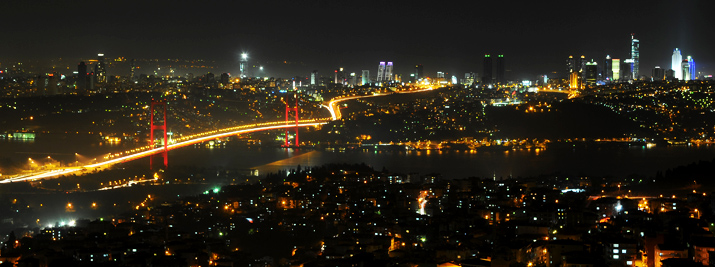
Istanbul has been capital of the Roman Empire, the Byzantine Empire, the Latin Empire, and the Ottoman Empire, yet it isn’t the capital city of modern Turkey, which is Ankara. Istanbul is however the largest city in Turkey.
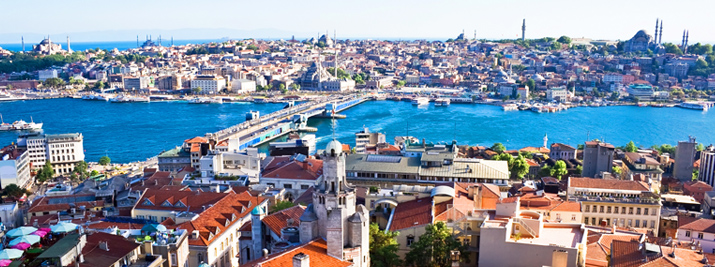
Istanbul’s old name of Constantinople came from the Roman Emperor Constantine the Great who rebuilt the city on seven hills, to match the famous seven hills of Rome.
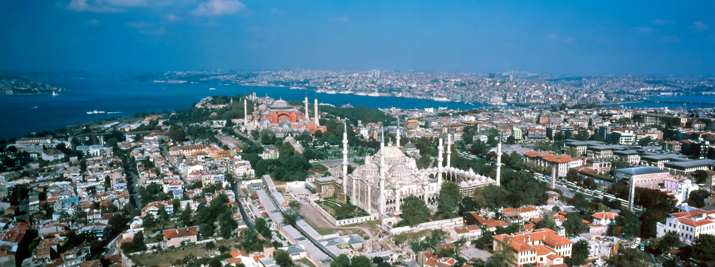
The estimated population of Istanbul is about 11 million people.
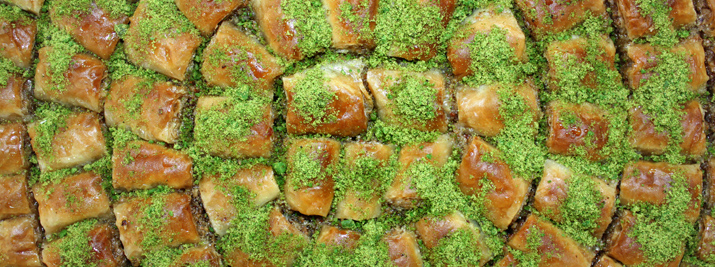
Baklava
As sweet as it gets
One of the most well known desserts of Turkish Cuisine, baklava has a very rich and old history of origin. Basically it is made of filo pastry, pistachio nuts, butter and sugar.
It is widely believed that the Assyrians at around 8th century B.C. were the first people who put together a few layers of thin bread dough, with chopped nuts in between those layers, added some honey and baked it in their primitive wood burning ovens. This earliest known version of baklava was baked only on special occasions.
It has come to the recipe that we know by the 16th century during the ruling of Ottoman Empire. It was one of the favorite dishes of Ottoman Sultans. In fact, historically baklava was considered a food for the rich until mid-19th century.
Because of its sweetness, baklava is not preferred as a part of main meal. It’s usually eaten with coffee as a snack.
